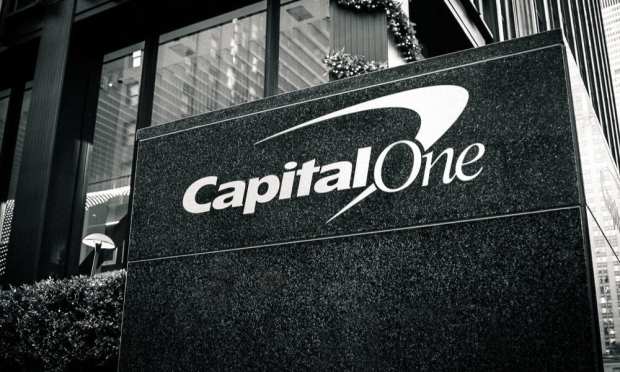Capital One Beats On Q2 Earnings Amid Card Momentum

Capital One’s domestic card business delivered strong results and continued to increase momentum, the bank said on Thursday (July 18).
The financial institution (FI) said that, as of the end of Q2, the domestic card loans ending balance stood at $103 billion, an increase of $1.9 billion. Credit card loans increased 2 percent to $112.1 billion, an increase of $2.3 billion. The net charge-off was 3.48 percent. The bank also reported that non-interest expenses increased 3 percent to $3.8 billion, a jump Capital One said due to a 6 percent increase in marketing and a 3 percent increase in operating expenses.
From trying the weekly special to seeing a special performance, it’s all more rewarding with our Savor card. 🤘😋 #SavorMoments https://t.co/Xct8NmwZLB pic.twitter.com/RHR0v6uwli
— Capital One (@CapitalOne) June 12, 2019
For Q2, the bank said provision for credit losses decreased 21 percent to $1.3 billion.
During the post-earnings conference call on Thursday (July 18), Capital One CEO Richard Fairbank said that, with second-quarter results for the credit card business, pre-tax income was “relatively flat” compared to Q2 2018. Year-over-year (YOY) growth in loans and purchase volume drove higher revenue, which was offset by higher non-interest expense.
Fairbank said that credit card segment results and trends are largely driven by the performance of the company’s business for domestic credit cards. He noted that the second-quarter domestic card results include the impacts of the company’s decision to exit multiple small partnerships. The exits and portfolios sales “affected the optics of second-quarter domestic card loan growth, revenue and allowance,” Fairbank said.
The executive also noted that growth of branded card loans, which exclude all private label and co-brand cards, continues to accelerate in Q2. Branded card loans grew 4.7 percent from the prior year quarter in Q2. YOY growth in new accounts and purchase volume was “well above the growth in loans in the quarter,” Fairbank said. New account originations were “very strong” in branded cards, he said, particularly at the highest end of the marketplace “as we continue to gain traction in our heavy-spender franchise.” Fairbank added, “Notably we have been able to grow our spender franchise without sacrificing revenue margin.”